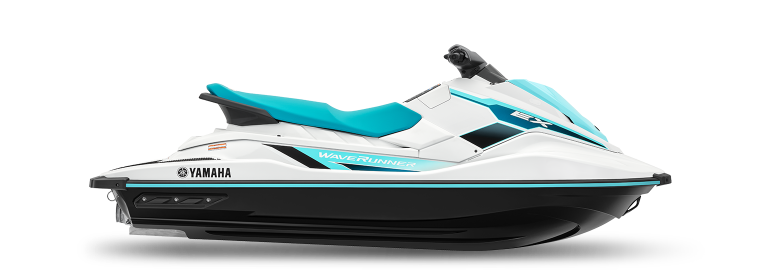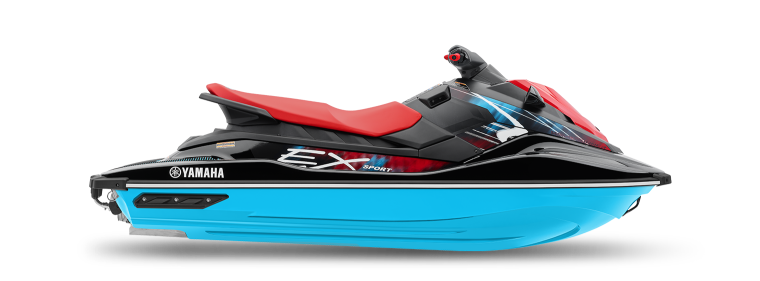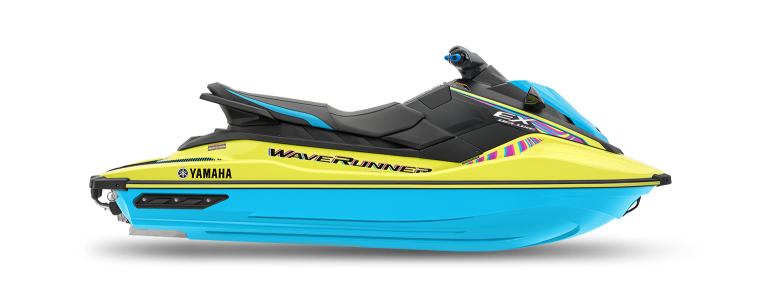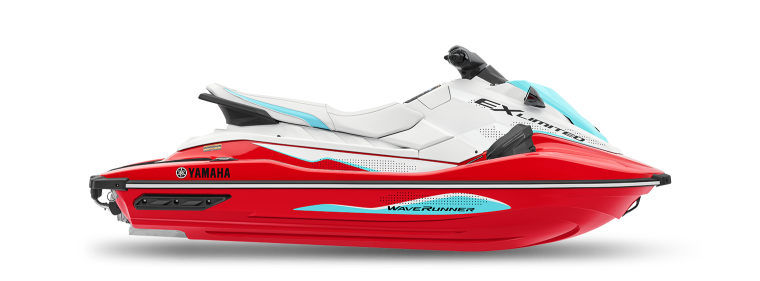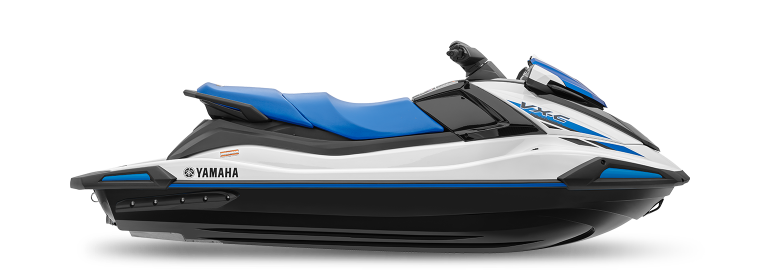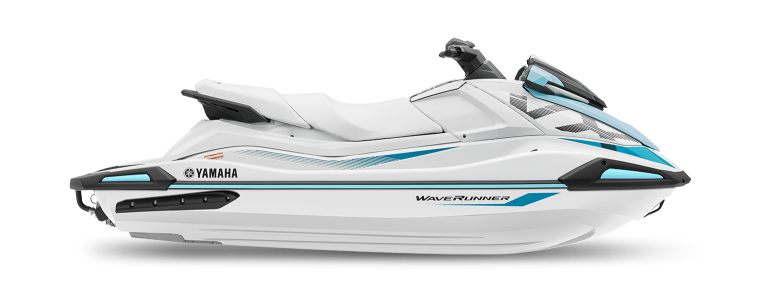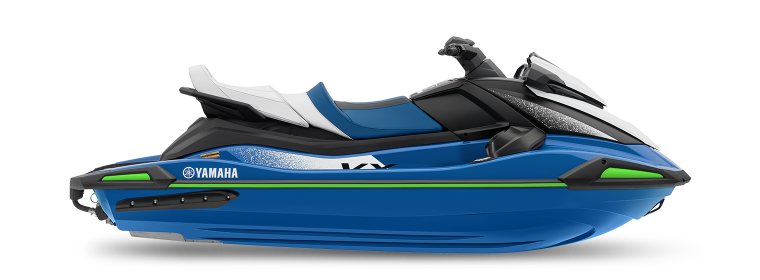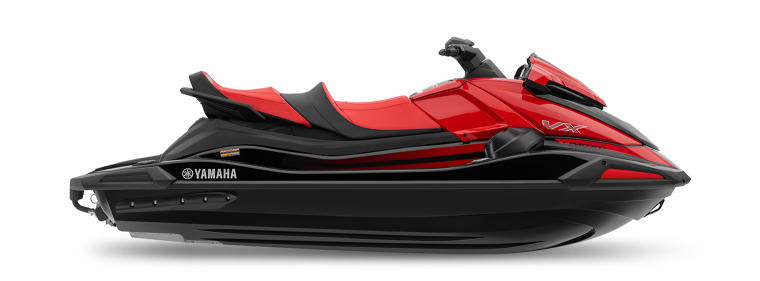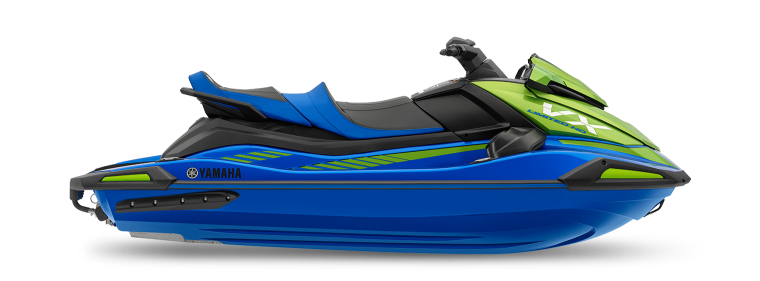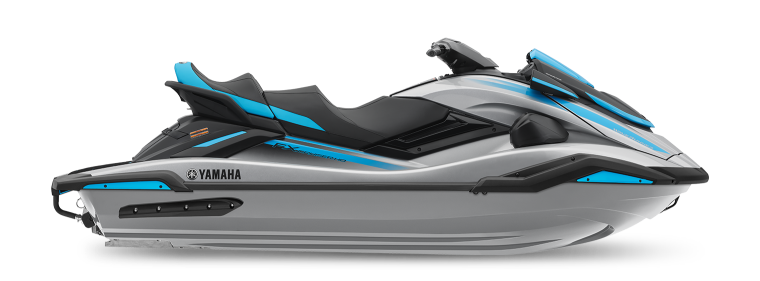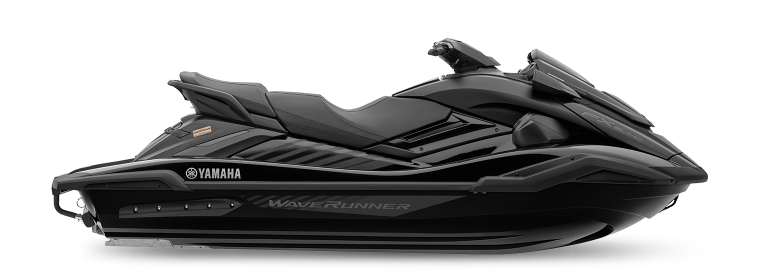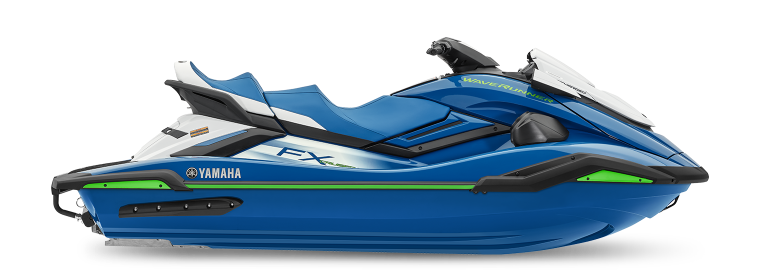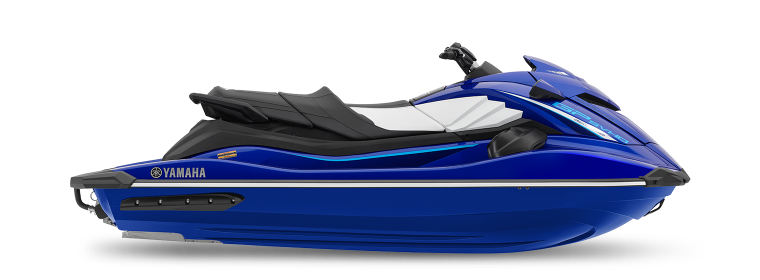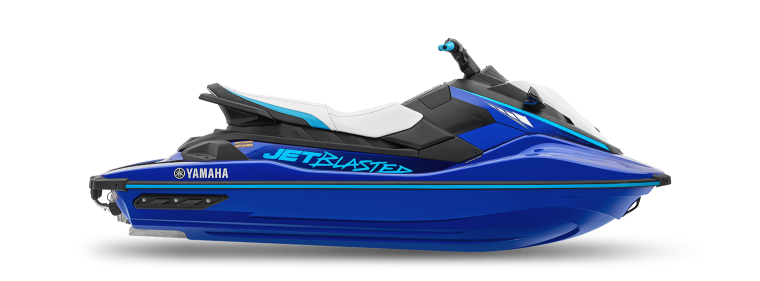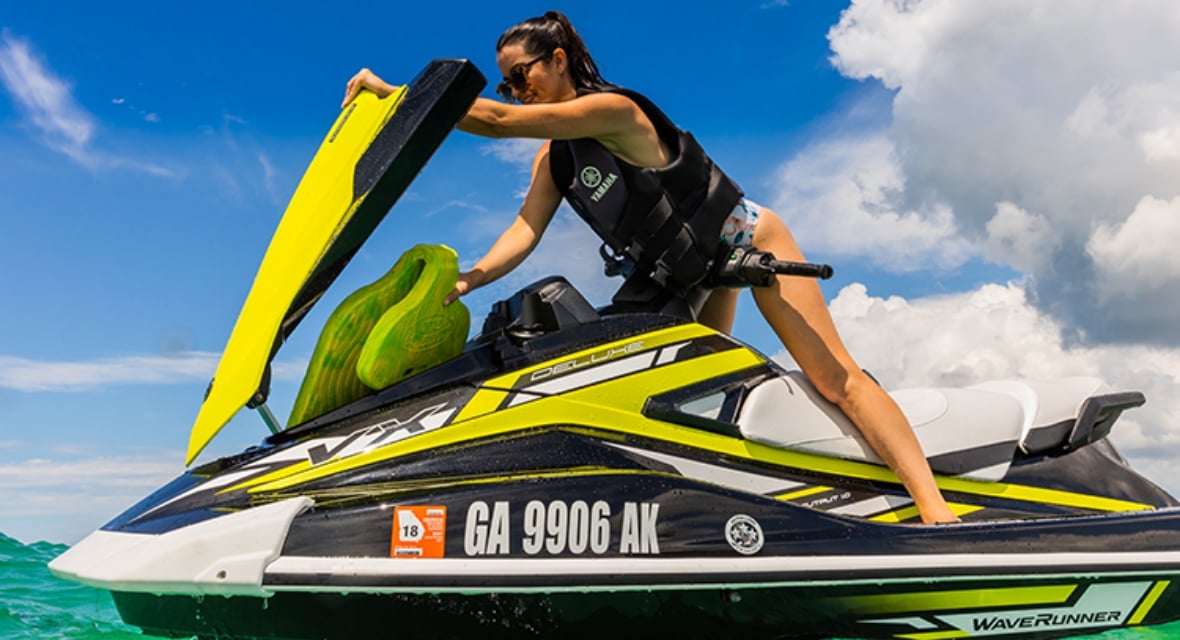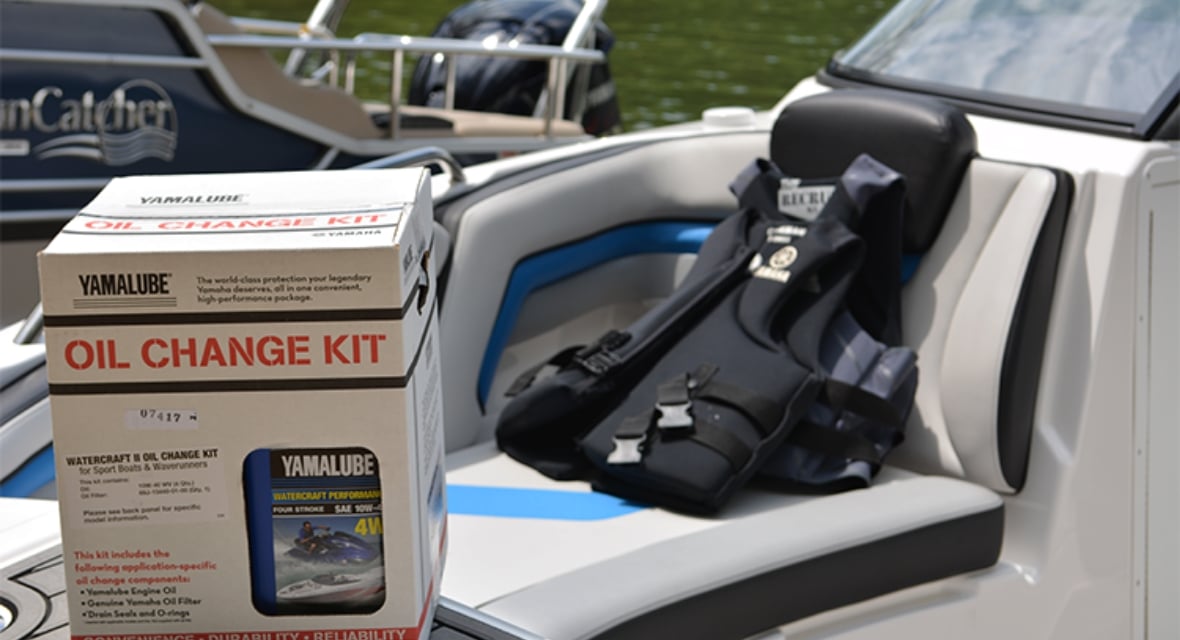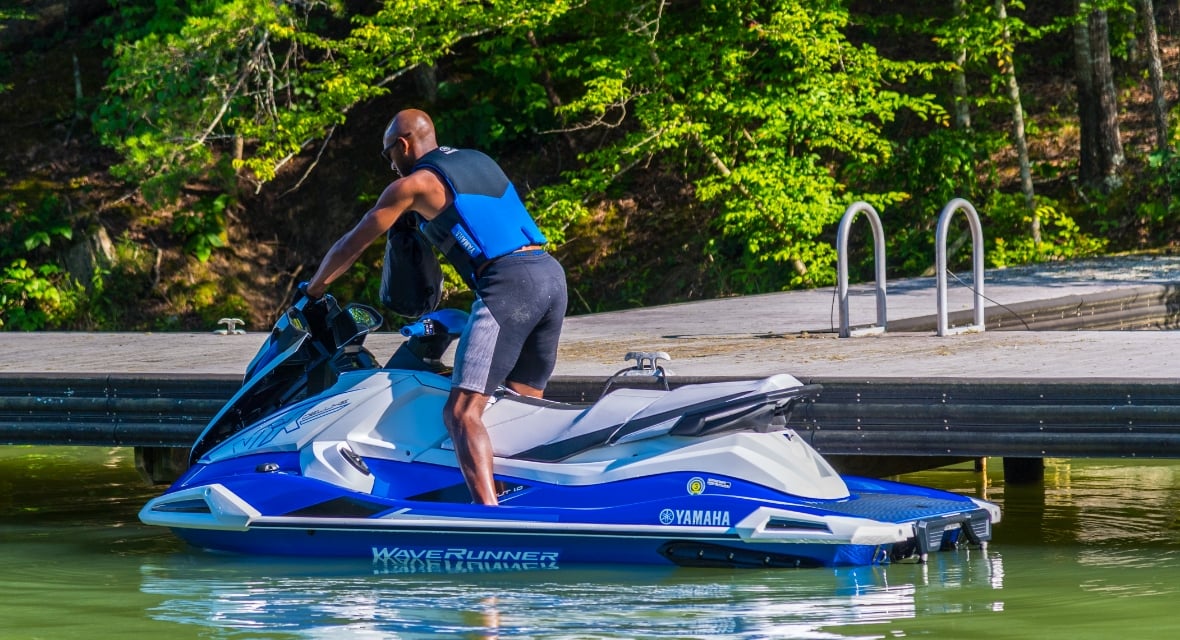WaveRunners constantly operate on or are near water, so electrical system care is even more important, especially in highly corrosive saltwater environments. Make sure your electrical system is always ready to perform with these simple checks and procedures.
Check the wiring and connections.
The electrical system’s job is to carry voltage from one place to another. If the voltage can’t make the journey, or if it’s diminished when it gets there, the receiving device will not function properly, if at all. The goal is to have as much voltage (or electrical energy) arrive at Point B as left Point A. As electricity passes through a device, some parasitic loss is normal. However, corrosion impedes electricity’s ability to travel, which can cause significant voltage loss or intermittent voltage. Either can wreck the good times, but with simple visual inspections and physical actions these scenarios can usually be avoided.
Some electrical corrosion can be easy to see, such as corrosion on battery posts or electrical panel connections. But some damage can be more difficult to see, such as internal corrosion that has rotted some or all of the individual strands inside a wire’s cover. You can use an ohmmeter to check electrical connections and wires for excessive resistance. There should be no more than 0.1-0.2 ohm resistance between electrical connectors on each end of a wire. Any more than that and you should investigate further.
Don’t forget the batteries.
Make sure to use the right size and type recommended in your owner’s or service manual (see chart on next page for general specifications). If there’s any question about a battery’s performance, have it load tested. Any auto parts store can do this for you, or you can do it yourself with the right equipment.
All battery cable connections must be clean, tight and use hex nuts and lock washers (not old fashioned wing nuts). Loose connections can cause frustrating intermittent issues or a full-time “no run” condition. A dirty or corroded connection can impede electricity’s ability to travel, and a battery terminal connection may be corroded, yet appear clean. To avoid any doubt, always remove the terminal connection and clean both sides of the connecting materials down to bare, shiny metal, then reinstall and tighten the connection properly. For regular maintenance, use Yamalube® Battery Terminal Cleaner & Protector. Simply spray it on and watch for the foam to change color, indicating that the corrosion (acid) has been neutralized. Rinse with water and then it dries into a thin, waxy film, preventing the build-up of additional corrosion.
Check the electrical connections.
Corrosion often occurs where wires meet. Visually check electrical connections at the battery. Also, check any connections on gauges or add-on electrical equipment like battery switches, plotters, or fish-finders. Wiggle wires and connections to check for looseness. If either is found, disconnect and clean the connection with emery cloth or fine-grit sandpaper, then reinstall and tighten properly. Finally, spray all electrical connections with a product like Yamashield,™ which puts down an anti-corrosive layer and leaves behind a protective film that helps prevent corrosion going forward.
Don’t spare the spray.
If you haven’t already sprayed connections with Yamashield or Yamalube® Silicone Protectant & Lubricant, remove the WaveRunner’seat.
We’ve got the goods.
Yamaha offers a complete range of electrical system care products, including original equipment. NGK® spark plugs, Yamalube Yamashield Protectant and Lubricant, Yamalube Battery Terminal Cleaner & Protector, Yamalube Silicone Protectant & Lubricant. They’re the best you can get for your WaveRunner, and they’re all available through your local authorized Yamaha Watercraft dealer.
Make it easy on yourself. Just like you clean the inside of your WaveRunner by fresh water flushing after each trip, thoroughly spray down your WaveRunner and the outside of your WaveRunner with fresh, clean water. Use a soft cloth and a mild, marine-specific cleaning agent, like Yamaclean®, then rinse it again. A Yamalube® Marine Detailing Kit is a handy way to get the goods you need to help protect and beautify the exterior; so you can take pride in your ride while you’re preserving it.
Note: Don’t use liquid dish soap or ordinary household detergents when washing your WaveRunner. They remove waxes and other protective coatings your boat needs.
To protect and preserve. Don’t be afraid to spray the entire powerhead liberally with Yamalube® Yamashield™. It not only helps give your powerhead that just-detailed look, but also helps prevent the effects of corrosion.
Look out below. Keep things sharp and protected below deck. Use Yamaclean® Bilge Cleaner as necessary, and spray your battery terminals with Yamalube Battery Terminal Cleaner & Protector. Keep a clean hull for good looks and maximum performance, too.
Keep it covered. Protect your WaveRunner from the elements when not in use or when trailering by using a custom-fit Yamaha engine cover. If your boat sits outside, a custom-fit boat cover is a worthwhile investment. Even a tightly pulled tarp will help to a degree in this regard.
Whether washing, waxing, caring for your upholstery, cleaning isinglass, polishing stainless steel, cleaning carpet or deodorizing life jackets and wet storage areas, you’ll find the marine-specific formulas to make it easy and to do it right at your local Yamaha Watercraft dealer. Just look for the yellow stripe on the Yamalube label.


